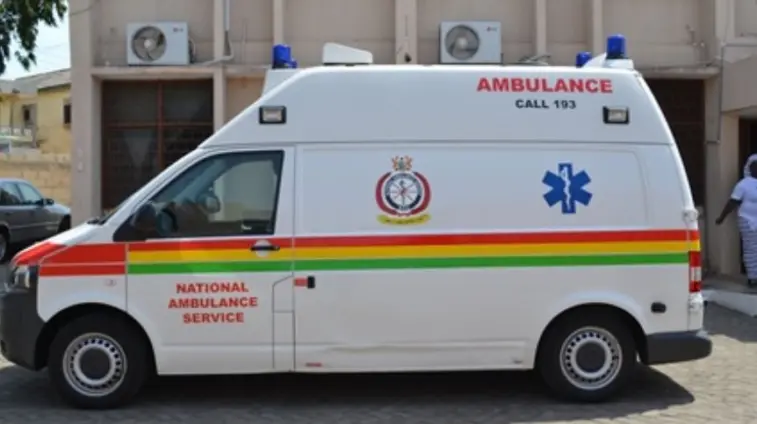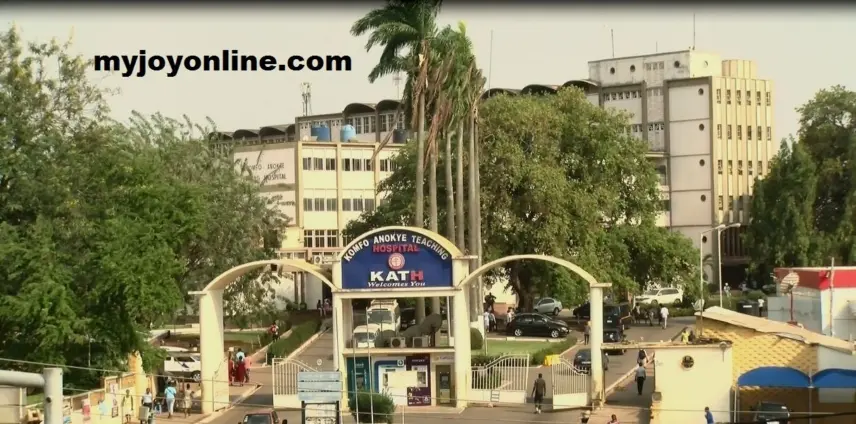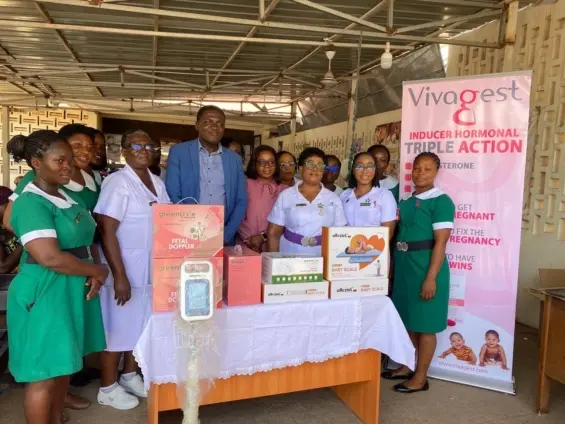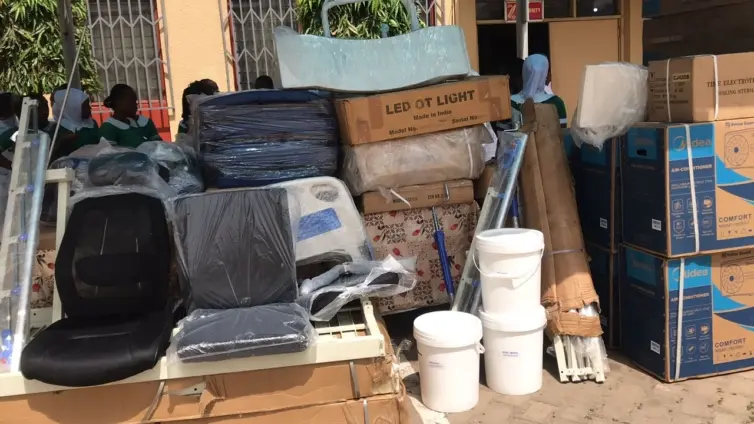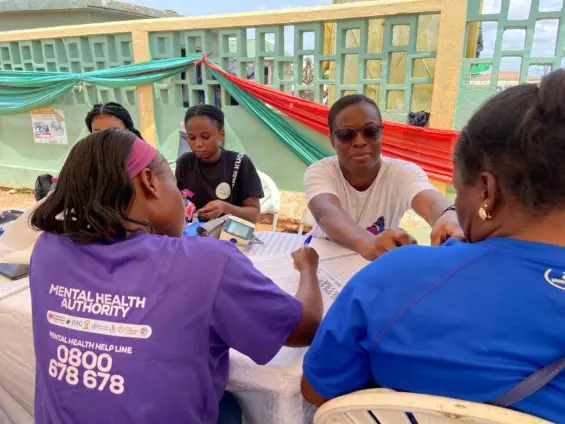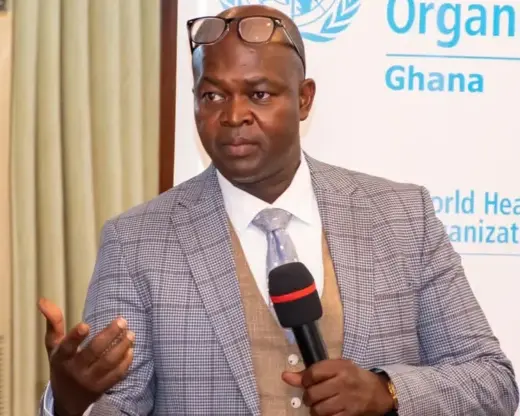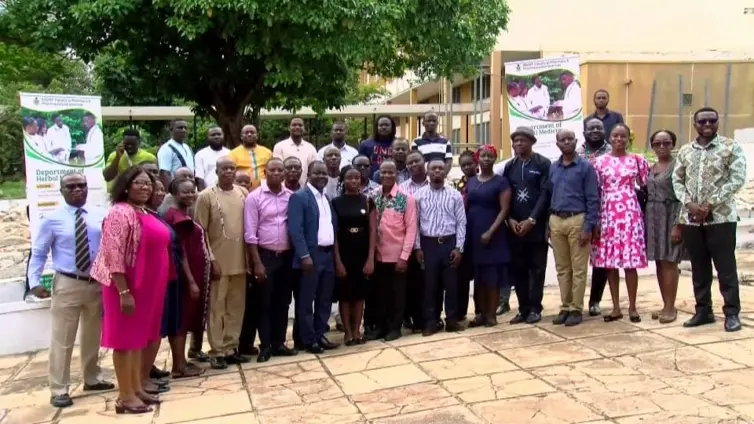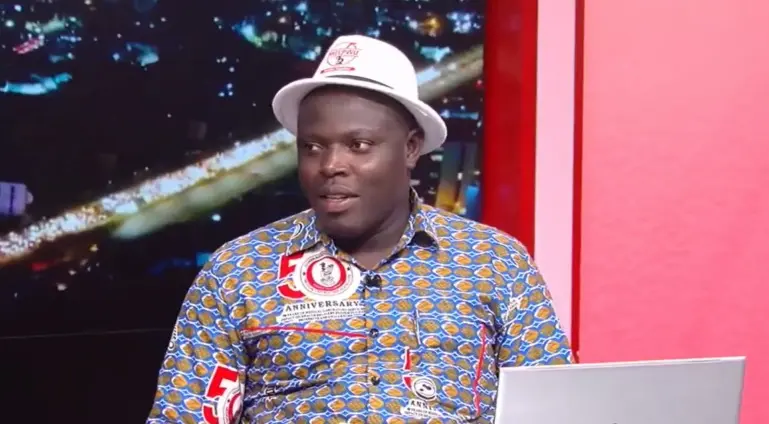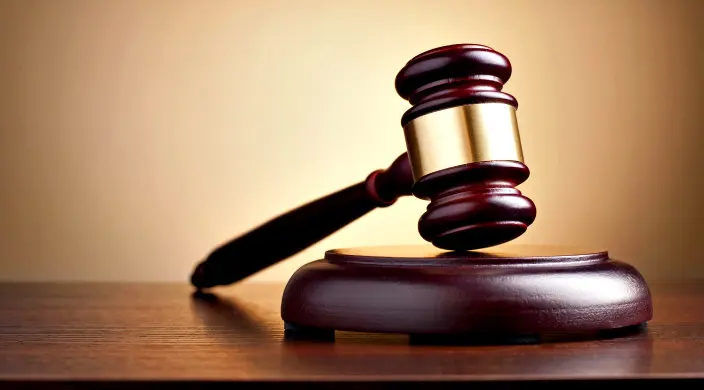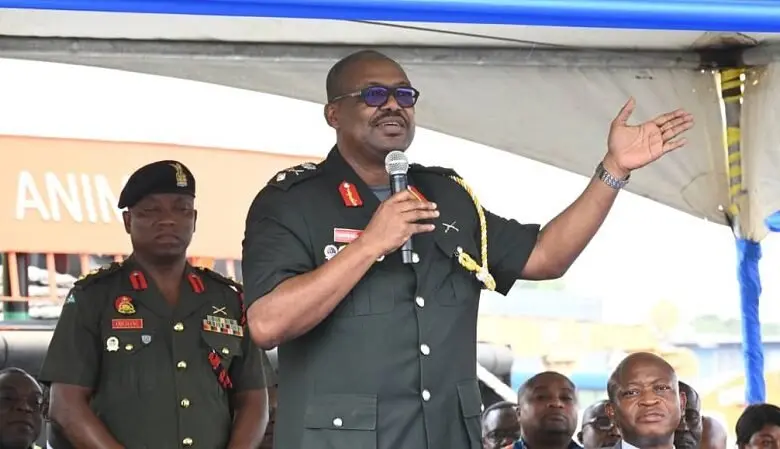The flashing lights of an ambulance cut through the evening gloom, sirens wailing as it sped towards a recent pile-up on the highway. While many rush to offer assistance at accident scenes, good intentions can sometimes pave a dangerous road. Paemt Sommik Duut Miilon, the Ashanti Regional Manager of the National Ambulance Service, urges the public to exercise extreme caution when assisting accident victims. He emphasizes that improper handling can exacerbate injuries, potentially leading to fatalities, highlighting the critical need for public awareness regarding accident rescue safety. This guide, drawing from Mr. Miilon’s expert advice, outlines crucial safety tips, ensuring that help provided is effective and prevents further harm.
Mr. Miilon points out a stark reality: the urge to help can inadvertently cause more harm. “Sometimes people end up dying, not because of the injuries that occur to them but because of the way they are handled, by bystanders and all,” he explains. This is particularly true when dealing with victims trapped in vehicles. The seemingly simple act of pulling someone out can have devastating consequences. “When you have someone who’s trapped in a car, and you pull the person out, if the person can survive probably like 30 to 45 minutes, immediately you pull them out, they may end up having just like 5 minutes.” Therefore, prioritizing safety and waiting for trained professionals becomes paramount.
Road traffic accidents (RTAs) demand immediate attention due to the high risk of life-threatening injuries. “When it comes to priorities, we look at Road Traffic Accidents (RTA). We prioritize accidents because at the point in time, those people need immediate attention,” Mr. Miilon notes. However, this urgency should not translate into reckless intervention.
While waiting for emergency responders, bystanders can take specific actions to provide safe and effective assistance. One of the most critical is controlling bleeding. “What mostly kills is bleeding. Either internal or external, so if it is either the hands or the legs that is affected, and the person is bleeding profusely and not trapped, you can get any cloth and put it on it,” Mr. Miilon advises. Applying direct pressure to wounds with a clean cloth can significantly slow blood loss. In cases of amputation, restricting blood flow becomes even more crucial. “If it is an amputation, you’ll get a rope that can tie the amputation to restrict the blood from coming out.”
However, there are crucial actions to avoid. Mr. Miilon stresses, “When something is stuck in somebody, please don’t remove it.” Removing impaled objects can cause further trauma and increase bleeding. Similarly, attempting to extract someone from a vehicle should be left to trained professionals. “When someone is stuck in a car, you don’t pull the person out, you wait for the fire service to get there and move the person safely.”
A swift and appropriate response from emergency services is vital. The public plays a crucial role in ensuring this. It is essential to use emergency lines responsibly, avoiding prank calls that can delay assistance to those in genuine need. Responsible reporting and a clear description of the accident scene enable emergency responders to prepare effectively, saving valuable time and resources.

Responding to an accident demands careful consideration and restraint. By adhering to Paemt Sommik Duut Miilon’s accident rescue safety advice and avoiding actions that could worsen injuries, individuals can significantly contribute to saving lives. Remember the priority: facilitating professional help while refraining from complex extractions or removals. Prompt and responsible accident reporting to emergency services is paramount. With proper accident rescue safety knowledge, you transform from a bystander into a crucial component of the emergency response, a helper, not a hindrance.
Image Source: MYJOYONLINE

